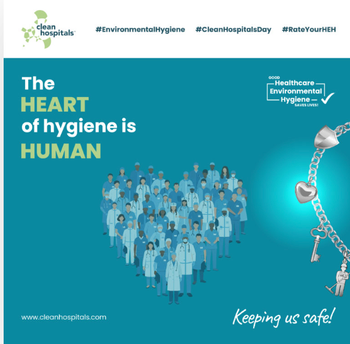
New Barcodes on Vaccines Enhance Safety of the U.S. Immunization System, Save Millions
Using two-dimensional barcodes on vaccine product labels would enhance the safety of the U.S. immunization system and save more than $300 million by 2023, according to a study by researchers at RTI International and the Centers for Disease Control and Prevention (CDC).
Two-dimensional barcodes can contain the National Drug Code, expiration date and lot number in a symbol small enough to fit on a label appearing on a 0.5mL vial.
Using two-dimensional barcodes on vaccine product labels would enhance the safety of the U.S. immunization system and save more than $300 million by 2023, according to a study by researchers at RTI International and the Centers for Disease Control and Prevention (CDC).
Our study shows how changing something as simple as how vaccine product labels are barcoded can mitigate documentation problems and increase the safety of the immunization system, says Alan OConnor, a senior economist at RTI and the papers lead author. And thanks to advances in technology, from the perspective of the immunization system, its now cheaper to use 2D barcodes than not use them.
Immunization providers are required by the National Childhood Vaccine Injury Act to record the vaccine and lot information for vaccines administered to patients. Although product labels have had linear barcodes, those barcodes only contained the National Drug Code. Providers still had to record the lot number and expiration date by handessential information in the event of a product recall or locating patients having received recalled lotsbut that information is often missing or inaccurate in records.
The 2D barcode can be scanned to verify it matches doctors orders and automatically populate records with the required product information. In conjunction with electronic health records, 2D barcodes make it easier to enter immunizations into registries.
The study, published in the June issue of Vaccine found that implementing 2D barcodes on vaccines will enhance the accuracy of the data, lower the burden of documenting immunizations, and increase the probability of being able to locate a patient should a vaccine be recalled.
The results also showed that between 2011 and 2023 the net economic benefits from switching vaccines to using 2D barcodes were forecasted to be between $310 and $334 million.
The researchers surveyed more than 3,600 primary care providers and found that 60 percent of pediatric practices, 54 percent of family medicine practices and 39 percent of health departments would use the 2D barcode. More indicated they would use the barcode if they used electronic health records.
Source: RTI International
Newsletter
Stay prepared and protected with Infection Control Today's newsletter, delivering essential updates, best practices, and expert insights for infection preventionists.





